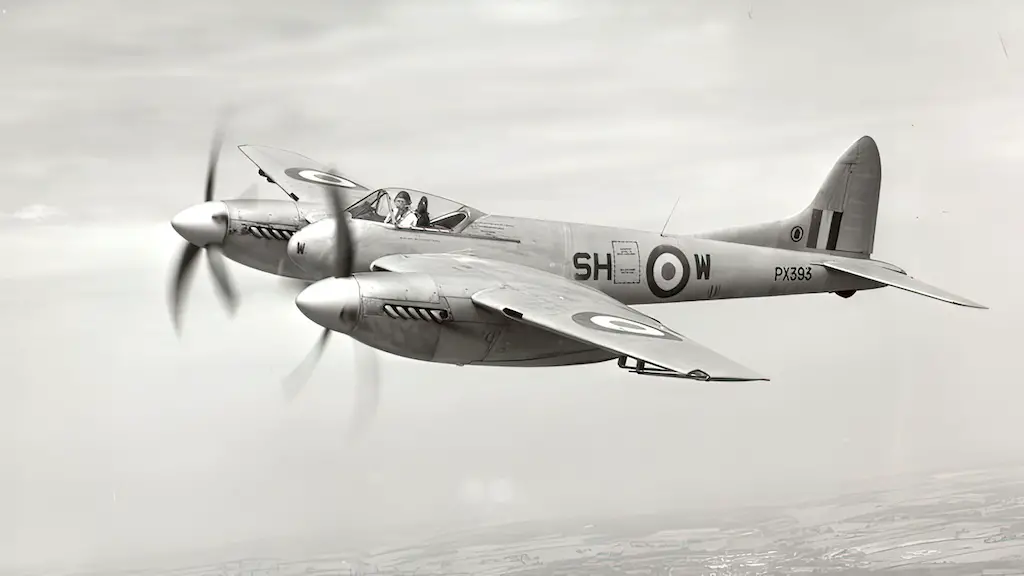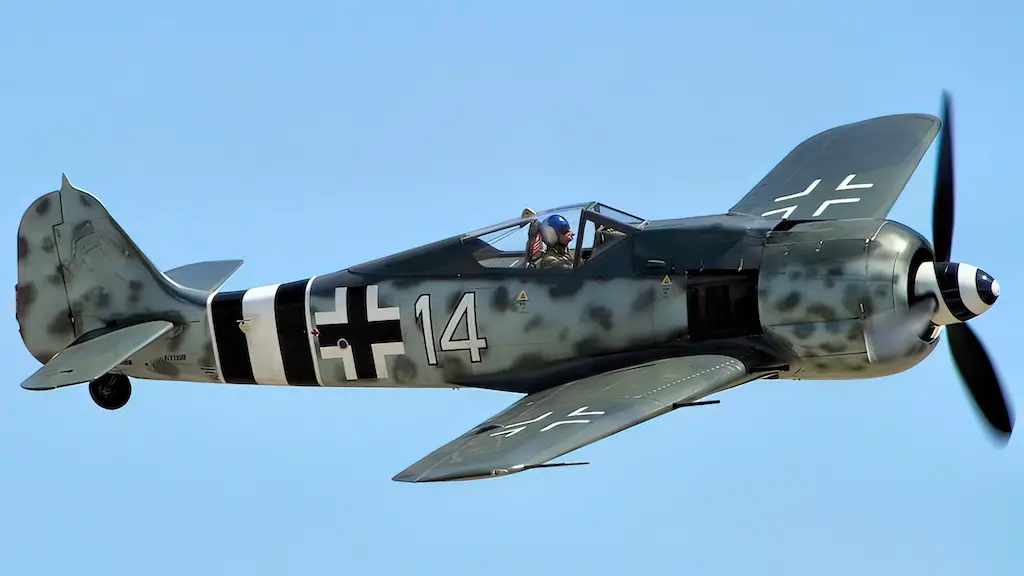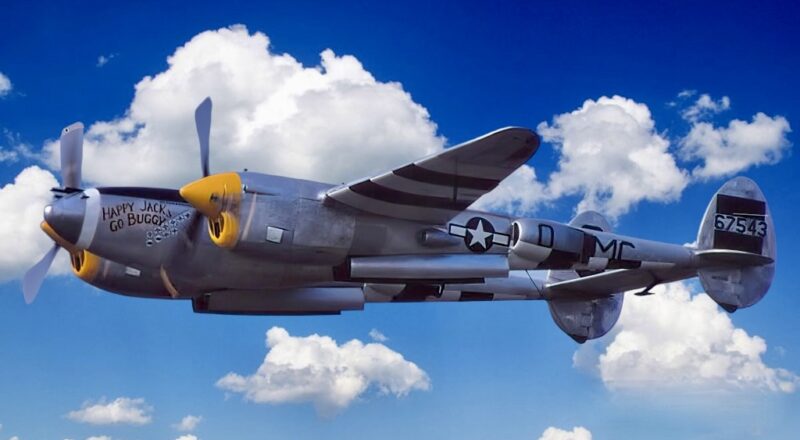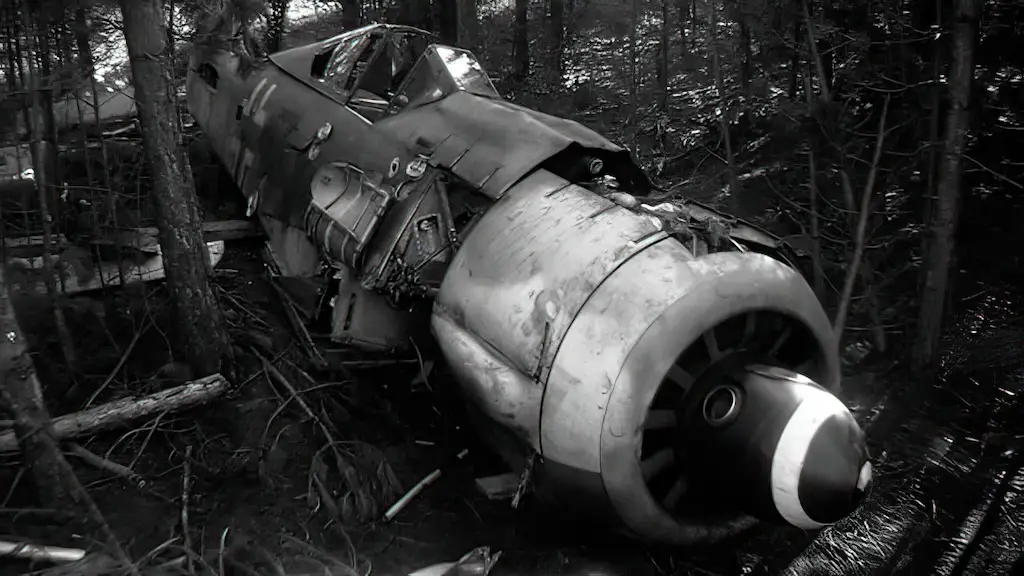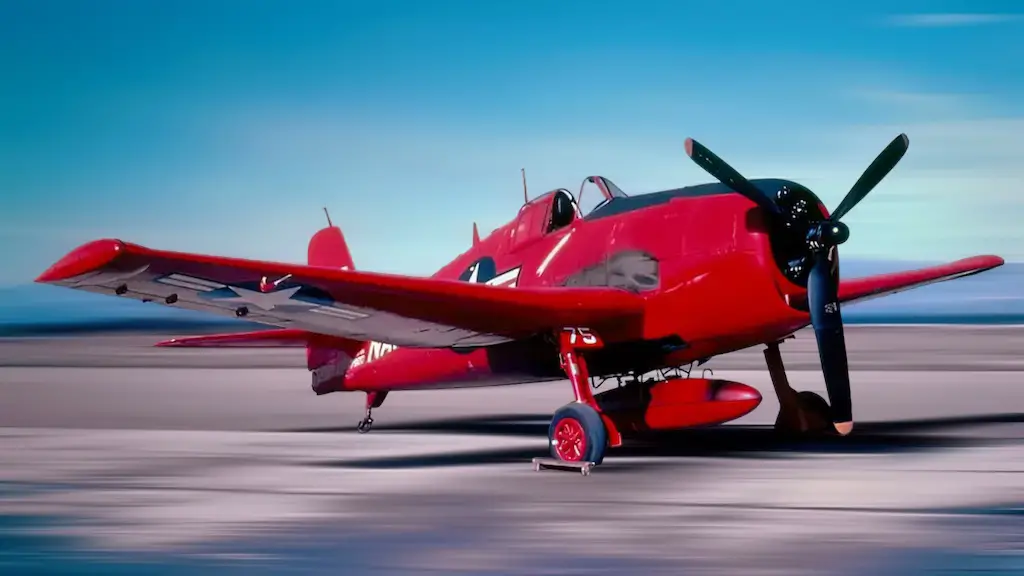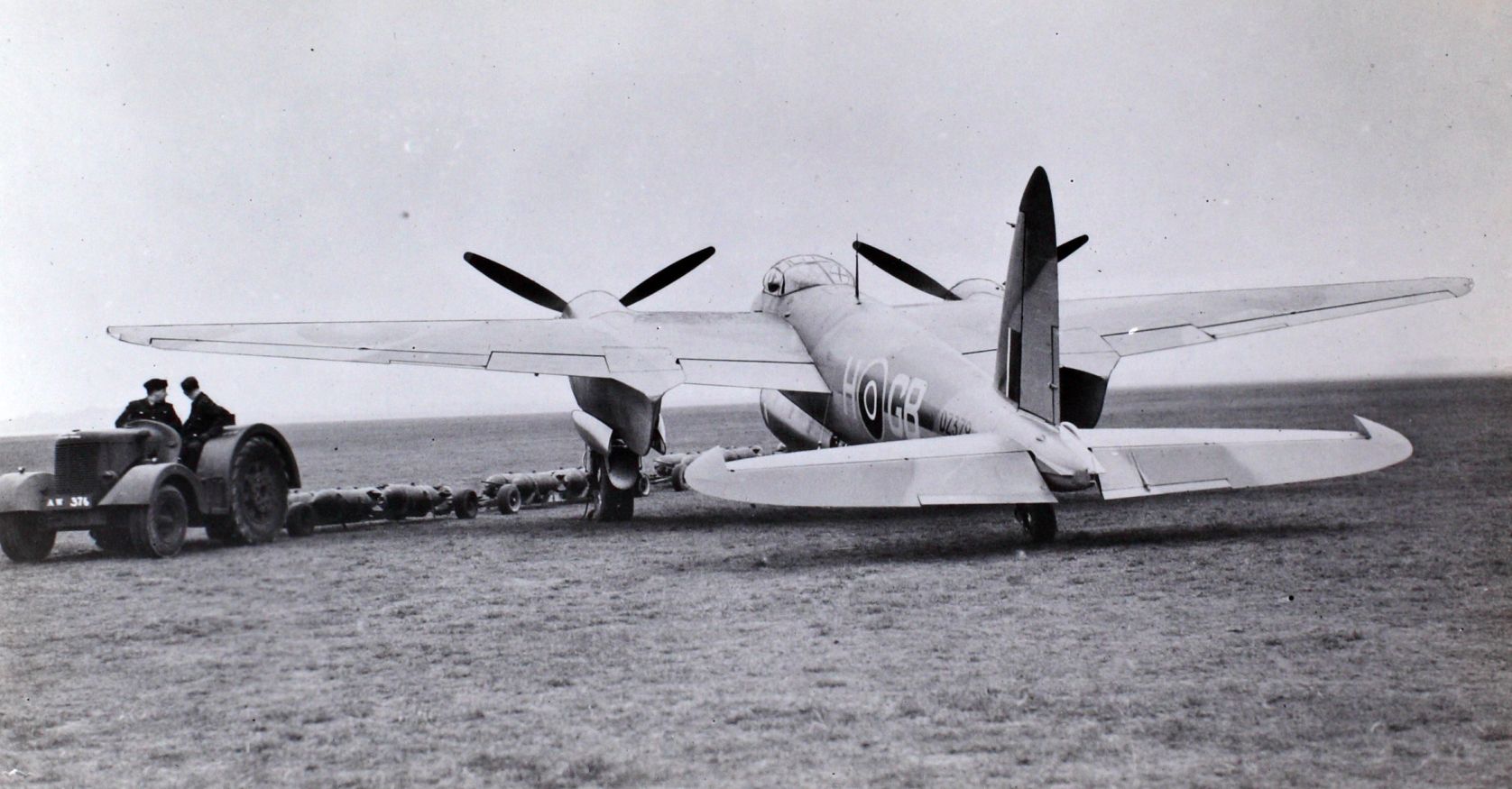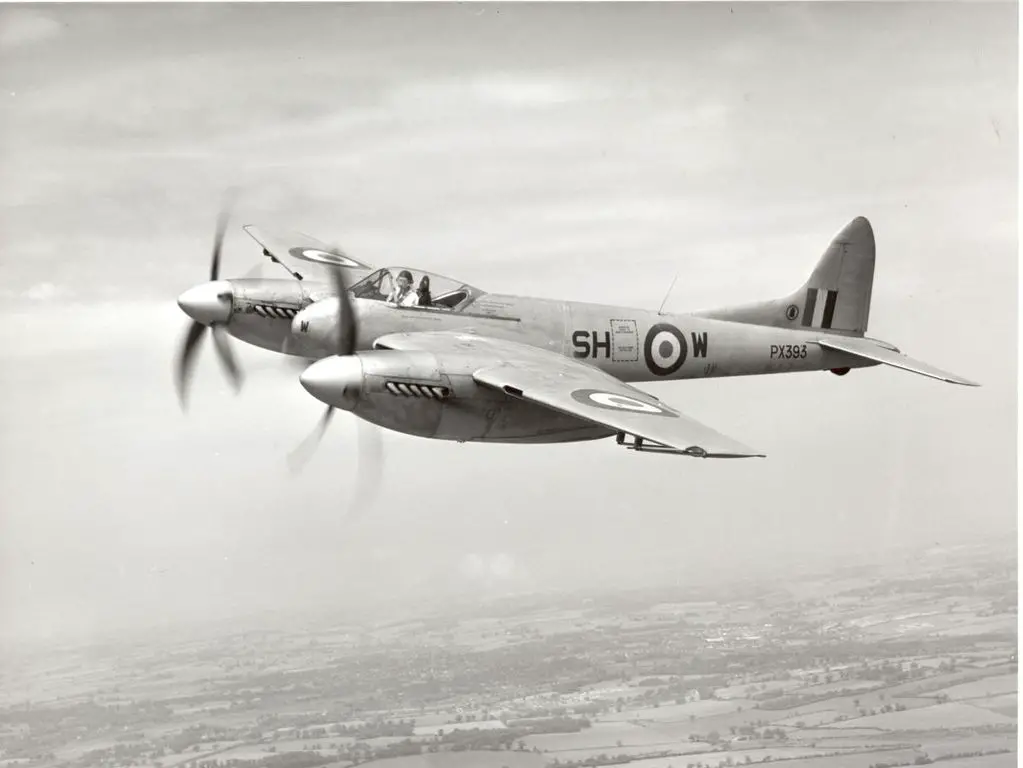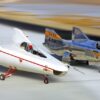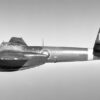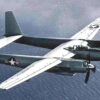The Rise of the de Havilland Hornet
In a time characterized by imperial clashes and the distant thunder of war engines, a remarkable narrative of human inventiveness and unity emerged from the tumult of World War II. This narrative would forever transform the landscape of aviation history. Behold the tale of the de Havilland Hornet, a resplendent aircraft that captivated countless hearts and minds, standing to this day as an enduring symbol of human resourcefulness and the indomitable spirit of progress.
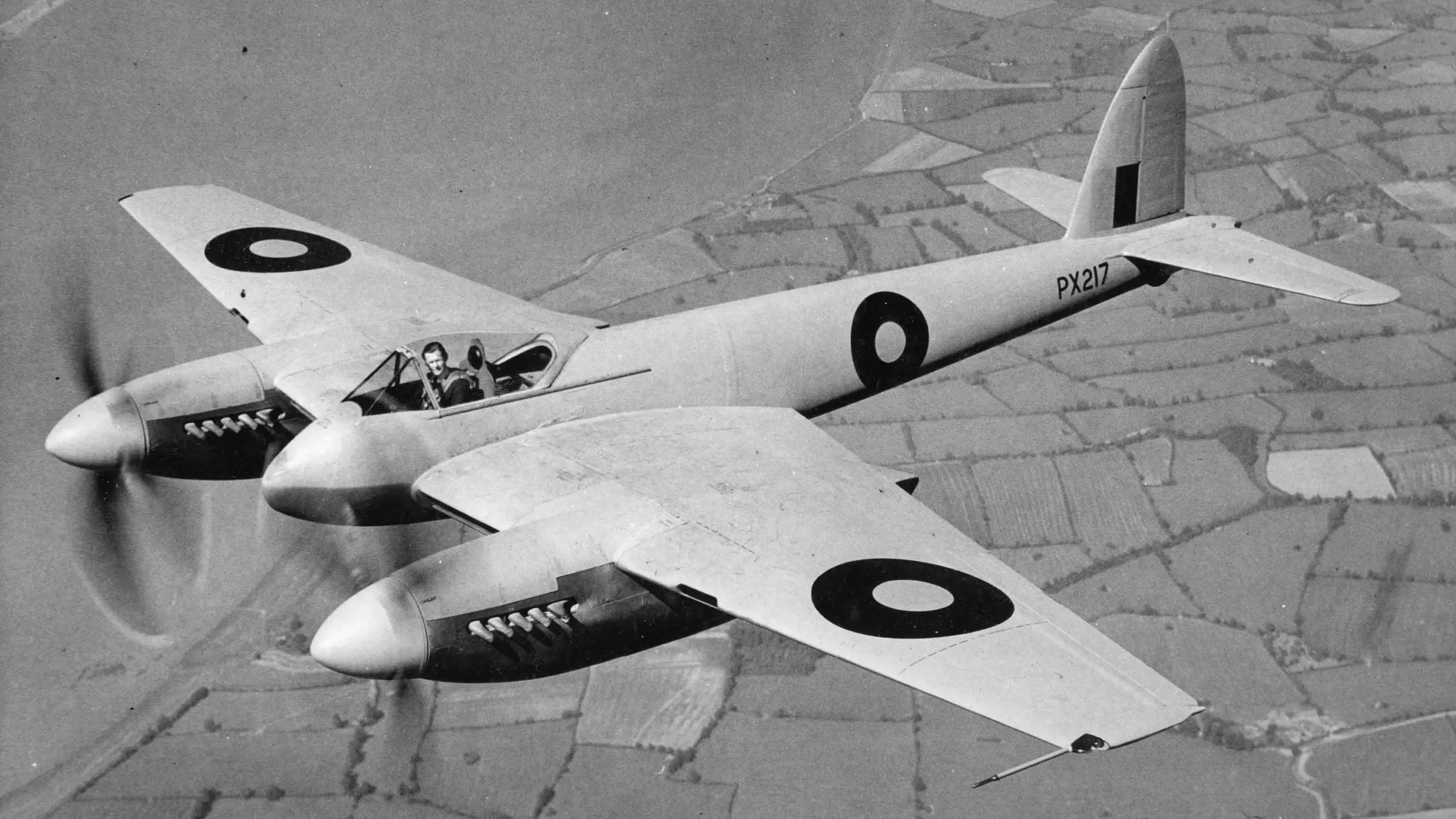
Rising from the ashes of its esteemed precursor, the de Havilland Mosquito, the Hornet was conceived to eclipse the accomplishments of its “Wooden Wonder” sibling. The Mosquito had already enraptured the world with its wooden composition and adaptable capabilities, but engineers and dreamers aspired for something even more extraordinary. They longed for a contraption that would not only defy the boundaries of velocity and nimbleness but also encapsulate the essence of human tenacity and resolve.
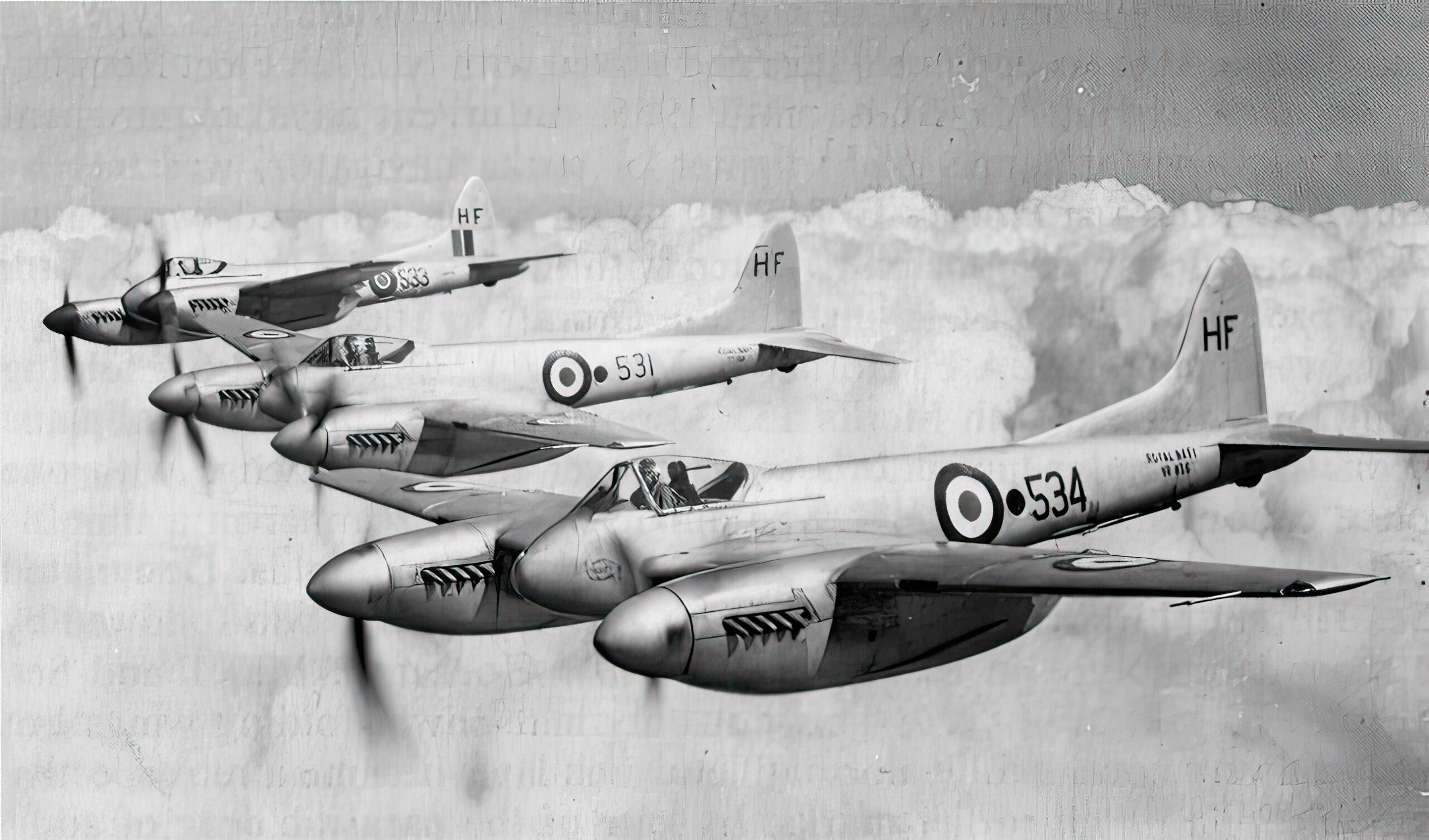
A Triumph of Design and Collaboration
Under the vigilant gaze of the illustrious aircraft designer Ronald E. Bishop, the de Havilland Hornet materialized. This twin-engine prodigy was a harmonious blend of wood and metal, its streamlined contours and sophisticated curves embodying the infinite potential of human imagination. Fitted with formidable Rolls-Royce Merlin engines, the Hornet emerged as an undeniable powerhouse, ready to dominate the heavens with unmatched swiftness and elegance.
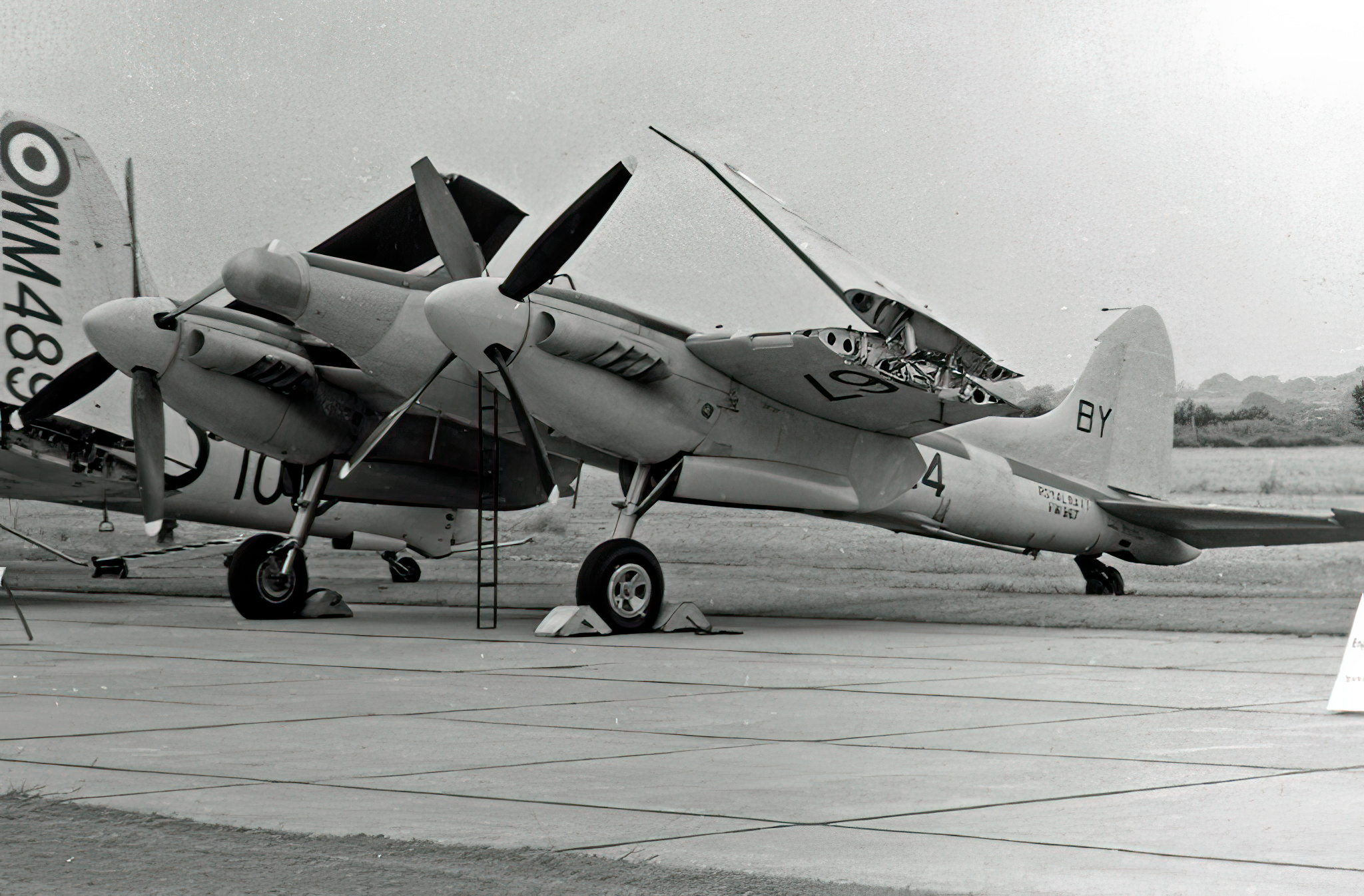
However, the chronicle of the de Havilland Hornet transcends mere machinery, technical prowess, and innovative advancements. At its heart, it is a story of human synergy, the confluence of countless hands and intellects that breathed life into this awe-inspiring creation. From the adept engineers who meticulously perfected every nuance to the indefatigable factory laborers who lovingly assembled the aircraft, the Hornet became the embodiment of their united dreams and ambitions.
Enduring Symbol of Innovation
The de Havilland Hornet was more than just an aircraft – it was a beacon of hope, a ray of light in a world engulfed in shadows. As it soared across the firmament, it bore the dreams of a more luminous tomorrow, a testimony to the unyielding spirit of humanity in the face of hardship. When it eventually took to the skies, the Hornet’s graceful ballet amidst the clouds etched an indelible trail of wonder and inspiration.
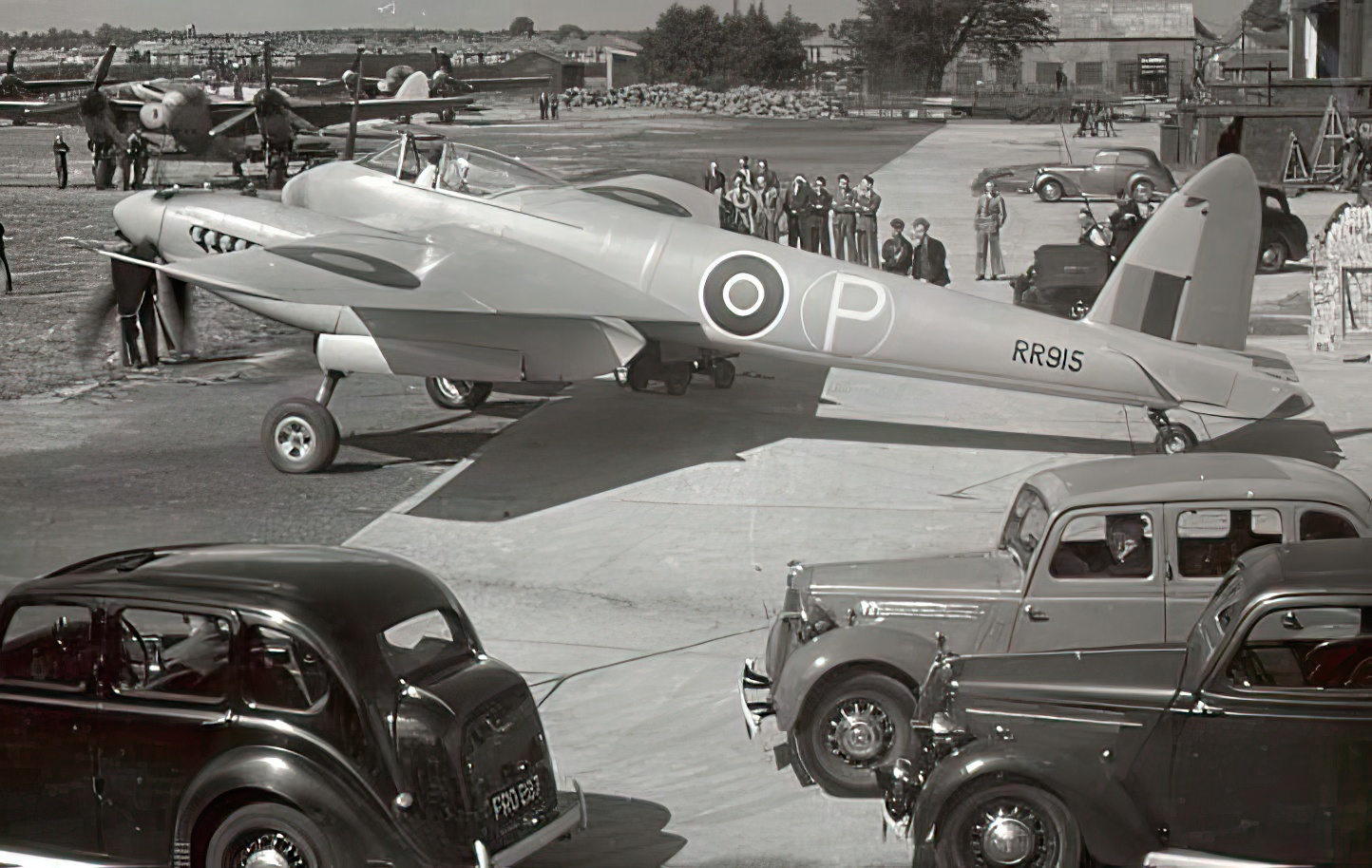
In subsequent years, the Hornet repeatedly demonstrated its merit. From shattering speed records to excelling in an array of roles including fighter, bomber, and reconnaissance aircraft, the de Havilland Hornet exemplified the achievements possible when human ingenuity and determination unite.
Presently, the legacy of the de Havilland Hornet persists, etched not only in the annals of aviation history but also in the hearts and minds of those who appreciate its importance. It serves as a gleaming paragon of human collaboration, the victory of the human spirit over adversity, and the infinite potential inherent in us all.

